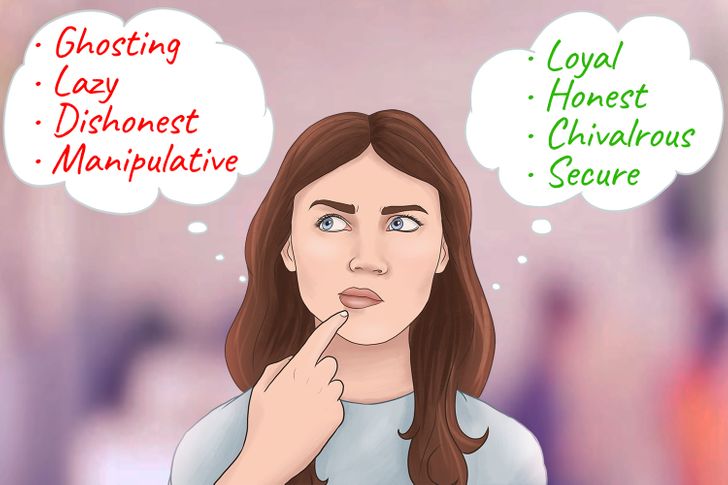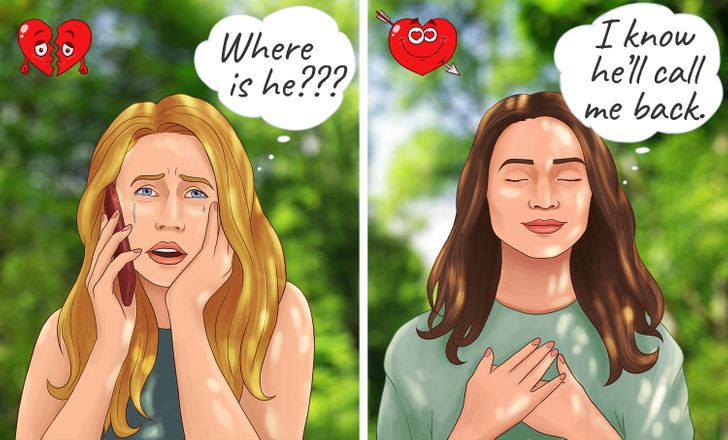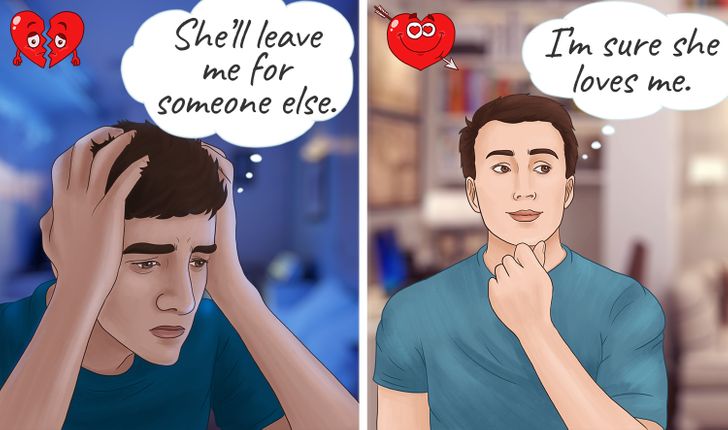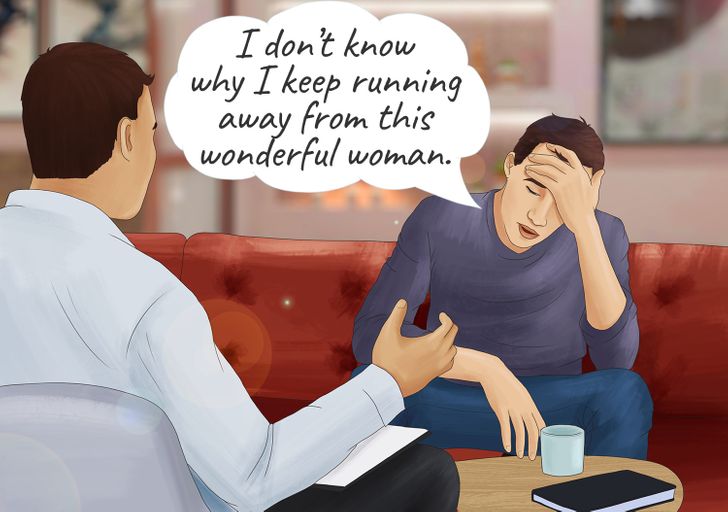What Your Relationship Attachment Style Is and How to Fix It
If you’re facing relationship issues on a consistent basis, then maybe it’s not a specific problem between you and your partner. It could be more about your and your beloved’s attachment style. 5-Minute Crafts wants to help you connect to the root of your conflicts by determining your attachment style and providing you with insight on developing a stronger and healthier connection.
Secure Attachment Style

Secure Attachment Style is what every couple should try their best to root for. The typical features of people with Secure Attachment Style are:
- Loving your partner comes easily to you and you’re affectionate with no worries. Misunderstandings happen infrequently.
- You accept your partner the way they are and treat them with love and respect.
- You don’t manipulate or play games with your partner.
- You have direct communication with your beloved about everything and convey what you need. You try your best to meet your partner’s needs as well.
- You don’t take things personally and don’t have knee-jerk reactions to criticism because you have healthy self-esteem.
- You don’t get defensive in conflicts and resolve issues with proper communication, problem-solving, and apologizing.
Anxious-Preoccupied Attachment Style

The typical features of people with Anxious-Preoccupied Attachment Style are:
- You could tend to prioritize emotional intimacy above everything.
- You could also over-identify and be obsessed over relationships and stay preoccupied with the emotional availability of your partner.
- You could feel insecure about romantic relationships.
- You could be sensitive to your partner’s reactions and your relationship seems really chaotic because you’re concerned about what they think.
- You may need constant reassurance that you are loved and supported.
Dismissive-Avoidant Attachment Style

The typical features of people with Dismissive-Avoidant Attachment style are:
- You could be highly self-sufficient and independent when it comes to your behavior and emotions.
- In relationships, you’re usually distant and if your partner gets too intimate, you tend to pull back because it triggers you.
- Hence, many people that have this attachment style have commitment issues as well. You usually prefer to stay single instead of settling down.
- You could also tend to prioritize other stuff in love rather than a romantic relationship. This may include work, personal projects, your social life, travel, fun, and much more. In these cases, you usually exclude your partner or just keep their presence limited.
Fearful-Avoidant Attachment Style

The typical features of people with Fearful-Avoidant Attachment Style:
- You could desire intimacy but resist it at the same time. There is a lot of inner conflict about this.
- You could also struggle with confidence and trust in others.
- This attachment style is similar to the Anxious-Preoccupied style as you could always be doubtful about others’ intentions, words, and actions.
- Also, this style is similar to the Dismissive-Avoidant style too as you could tend to push away people and have very few close loved ones.
How to develop a Secure Attachment Style?
1. Think about your needs and desires in a relationship.

This is accomplished by reflecting on your past relationships. Make a list of unmet needs you faced in those times. Apart from those unrequited needs, also think about the patterns of your failed relationships in the past. These aspects will help you understand what works and what doesn’t. Hence, understand what you want and don’t want from your prospective partner.
- You can also learn about your love language to understand your needs. Take a quiz to understand more about this aspect.
2. Practice detachment.

Detachment means to be emotionally present but not trying to control the outcome anymore. The gist is to bring the focus back to you, to center on what you can control. This keeps you grounded on your path.
If you have an Anxious Attachment Style, you could often feel that your relationship is out of control and you could be left abandoned out of the blue. Hence, practicing detachment is a must. Begin by observing your emotions, understand that your reaction is natural and that it came from the past and not the present. Understand that your triggers are yours and that it is your responsibility to act on them or not. Have faith and believe that everything is going in your favor. You can also try saying affirmations like:
- Whatever they say or do, doesn’t define my character.
- I trust that no matter what happens, things will work out in my favor.
- I’m okay with whatever happens today.
- Whatever is meant for me, will not pass me by.
3. Ask yourself, “What would a person with Secure Attachment Style do?”

If you think with the perspective of a secure person’s mindset, it will help you hit the reset button in your head. Rather than being anxious and acting on your fears, imagine how a secure person would behave.
This doesn’t only apply to you but your partner as well if they have an anxious attachment style. You both need to have a secure role model to look upon when the anxiety is triggered. Note that the gist here is to not have a knee-jerk response to one another, but it’s about having your needs met.
4. Boost your self-esteem.

People tend to neglect themselves once they hit low self-esteem. They don’t care about their well-being because they find themselves unworthy of self-care. If you can relate to this, make a list of things that you haven’t addressed about yourself. It could be going to the barber to get a neat cut, or you may want to adjust your diet a bit. Once the list is ready, fix one thing at a time and try not to beat yourself up.
You should also try to compliment yourself more. It helps in making your inner self feel good. You can also keep yourself busy by trying new hobbies or reigniting an old one that makes you feel whole. When you boost your self-esteem, you forgive yourself and relieve yourself from the past pain. In turn, this also helps you give yourself a fresh start to improve your life and, later, your attachment style as well.
5. Consult a therapist.

You can begin by evaluating your past decisions, taking responsibility for your actions, earning your forgiveness, and moving forward. If this seems like too much to you, then you can consult a therapist to navigate you through this journey.